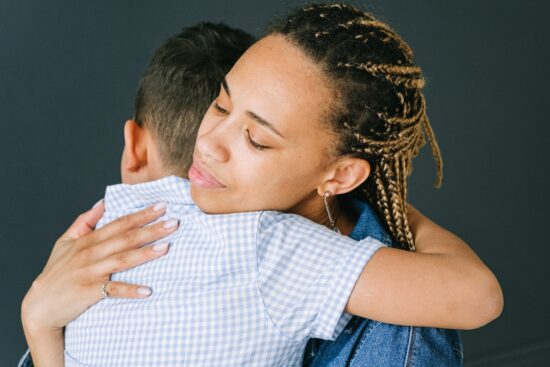 CC0 Licensed Image Courtesy of Pexels
CC0 Licensed Image Courtesy of Pexels
It can be harrowing when your children have chronic illnesses. Helping an epileptic child is one of the most daunting because it is so painful to witness as a parent. Yet imagine what it is like for them. Fortunately, there are many ways you can help them manage it.
Effective Holistic Treatments
An epileptic seizure is a terrible experience. But the effects afterward can be painful both mentally and physically. The stress placed on the body during a seizure can cause your back to bend, violent convulsions, and even dislocated joints. Of course, these are very painful. There’s not much you can do, but some new research has shown that seeing a chiropractor can help reduce the long-term effects and pain of seizures, as well as even lowering the seizure rate.
Helping an Epileptic Child with CBD
The use of CBD has been controversial for many conditions, but no more so than epilepsy. The reason is that THC in higher dosage CBD products has been proven to work, especially for children. The issue is that THC is illegal in many countries and some US states. However, THC is prescribed by doctors legally in some places if the doctor thinks it is necessary, including in the UK. The best thing to do would be to discuss CBD or THC with your child’s GP.
Address the Emotional Side of It
An epileptic seizure is fighting to witness and can look like something from a horror movie. It is physically painful and drains your energy, both of which are clearly obvious following the event. However, many people don’t realize the mental issue it takes on someone with the condition. In a postictal state following a seizure, it isn’t uncommon for a patient to cry, become angry, or temporarily depressed. This is because the brain has experienced a kind of system shock.
Understand What to Do
When you ask most people what to do when they see someone, including a child, having a seizure, they will almost always say put something in their mouth. This is completely wrong and dangerous. Here’s what you should do when your child is undergoing an epileptic seizure:
- Help the person to the ground as easily as possible, taking care not to bang their head.
- If possible, turn your child on their side to avoid choking and help them to breathe.
- Lay their head on something soft such as a pillow, sweater, or jacket.
- Remove any glassed and loose clothing if it is at all possible.
- NEVER put something in their mouth or try to hold them down.
Most people assume that putting something in the mouth and holding an epileptic down will help. It won’t. These are dangerous to both you and the person having a seizure. Your immediate focus should be on comfort and safety, paying attention to the head and breathing.
Stick to Medication Prescriptions
Holistic treatments can work well for adults and children with epilepsy. But they are not a substitute for established, safe, and effective medication prescriptions. For example, carbamazepine (although not an epilepsy drug) is excellent for treating convulsive types such as focal epilepsy. Reducing or stopping your child’s treatment with medication is very dangerous and can result in more seizures. You can discuss alternative treatments with your doctors.
Helping an Epileptic Child with OTC Products
As mentioned, it can be very painful to go through an epileptic seizure. Backaches, headaches, and injuries are common in both adults and children with epilepsy. Fortunately, you can buy over-the-counter treatments that can work well. In almost all cases, ibuprofen is no issue for pain relief. However, paracetamol can react with some anticonvulsants. You should be aware that cold and flu medication with diphenhydramine can trigger seizures. So always check first.
Continually Educate Those Around You
There are many misconceptions about epilepsy, and the school ground, as you can imagine, is full of them. For a child, this can lead to isolation, loneliness, and bullying. And unfortunately, not always because of other kids. Some common stigmas are that epileptics are mentally unsound, video games cause it, and it is contagious. These are all untrue, and only around 3% of epileptics are light-sensitive. As a parent, you can help your child by sharing some of the facts.
Summary
Helping an epileptic child means going the extra mile. There are some holistic treatments that help with pain but are not an alternative to prescribed medication. It also helps if you know what to do during a seizure, and educating others about this and other facts will help with the stigma.